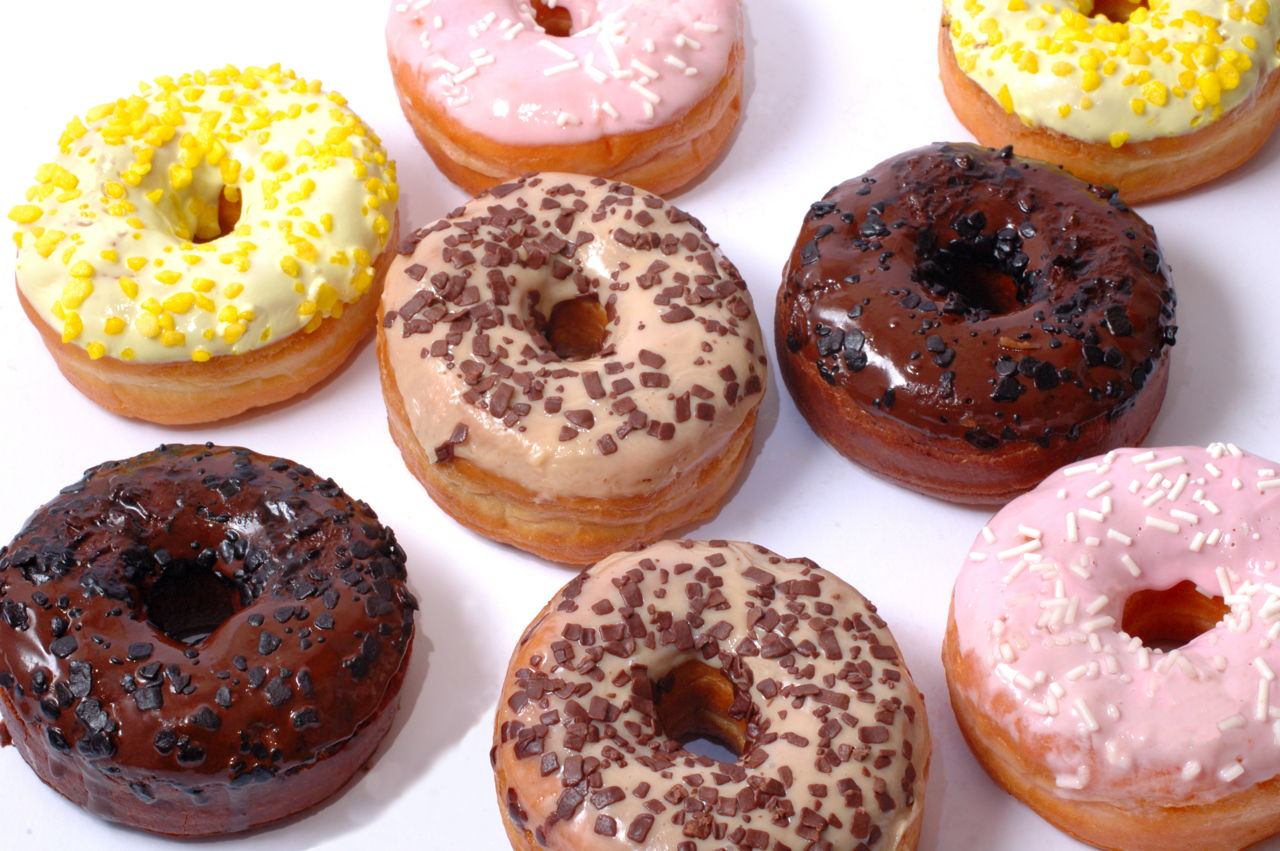This topic takes on average 55 minutes to read.
There are a number of interactive features in this resource:
 Biology
Biology
 Human biology
Human biology
After eating carbohydrate foods e.g. bread, pasta, sugary foods, the level of glucose in the blood rises. Glucose is important to the cells of the body, particularly the brain, as an energy source. However, the level of glucose in the blood must be regulated so that it does not rise too high.
When the bloodstream contains glucose the pancreas is stimulated to produce the hormone insulin. Insulin causes glucose to be usable by the body cells and excess to be stored in the liver and muscles as glycogen. If the body later needs glucose and none is available in the blood, the liver can convert glycogen back into glucose.
When the amount of insulin is too little (or absent altogether), or the action of insulin in the body is ineffective, the disease diabetes (correctly known as Diabetes Mellitus) will result. It is not a curable disease but can be controlled so that most sufferers can lead a full and normal life. However, if blood sugar levels are not controlled the diabetic could suffer from high blood pressure, and their kidneys, nerves, retina and blood vessels may become damaged.

Eating bread, pasta, doughnuts or other sugary food causes the glucose level in blood to rise

Insulin may have to be
injected several times a day
Type 1 diabetes develops when the body does not produce the right amount of insulin or, in some cases, does not produce any at all. It usually develops fairly quickly in early childhood or adolescence and there are about 350,000 sufferers at present in the UK. A good diet is important but this type of diabetes must be treated with daily injections of insulin. Before the development of insulin as a medicine, type 1 diabetes was usually fatal.
The kind of diabetes that develops in older people, typically over 40 and overweight, is known as type 2 diabetes. In type 2 diabetes the pancreas does produce insulin but cells become increasingly intolerant to the action of the insulin. There are more than 2 million sufferers of type 2 diabetes in the UK at present and the number seems to be growing. Losing weight and eating a controlled diet can sometimes control type 2 diabetes but, in some cases, oral drugs and injections may be needed.

Older people, particularly those who are overweight,
may suffer from type 2 diabetes
At one time, insulin needed for diabetics was extracted from the pancreases of slaughtered pigs, cows and sheep. Nowadays demand for insulin is high and it is important to have a more reliable source. Scientists use a process called genetic engineering to ensure that there is enough insulin for all who need it. The insulin produced by genetic engineering is identical to human insulin which is an added advantage of this process.